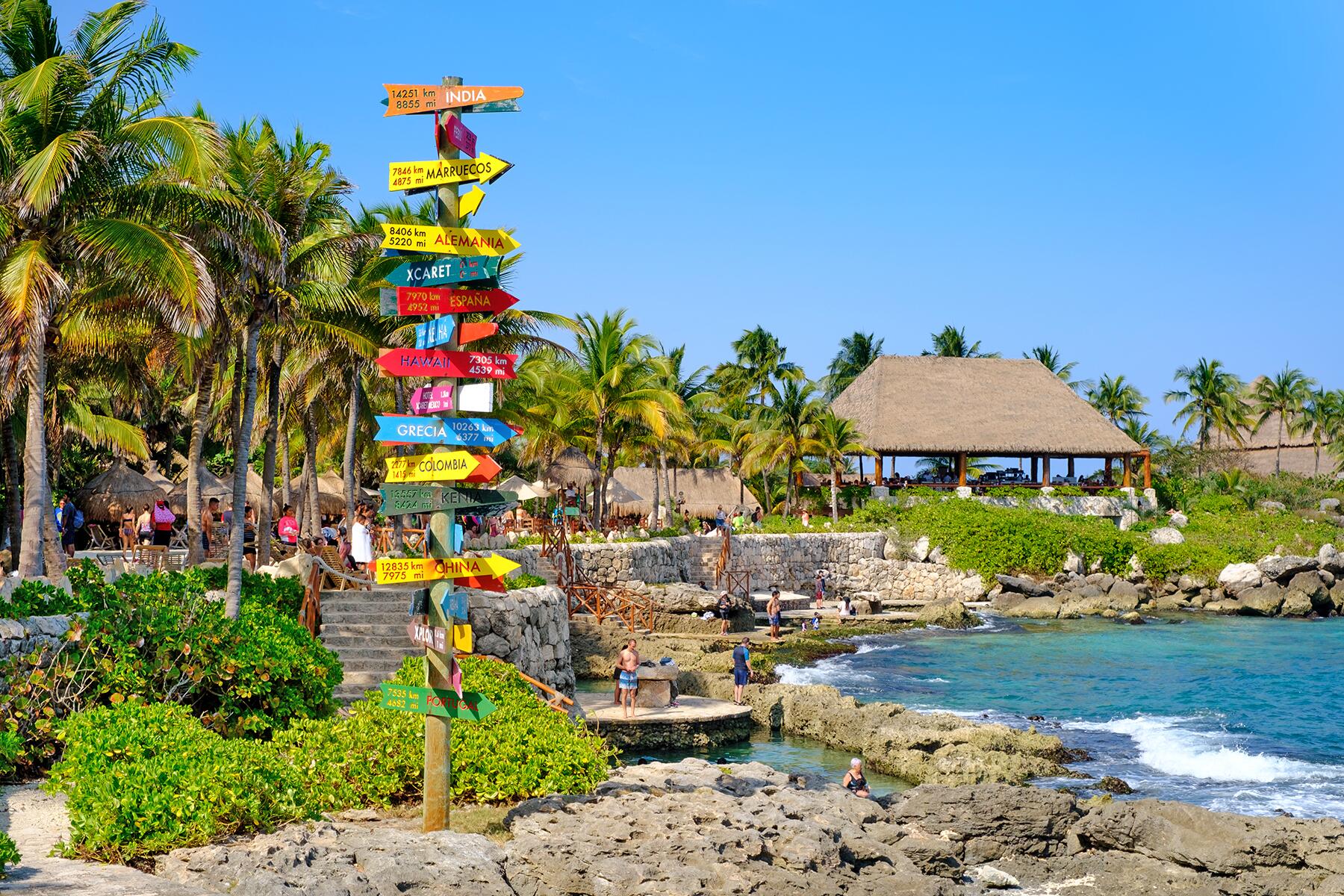Well, this is terrifying.
Marine Biologists at Florida Atlantic University (FAU) have discovered high levels of the Vibrio bacteria in decomposing piles of sargassum seaweed that wash up on the state’s beaches every year.
The bacteria V. vulnificas, when entering the body via an open wound or skin contact with infected standing water or sargassum, can cause blistering dermatitis and ultimately lead to sepsis if left untreated. It’s worth noting that most healthy individuals will become only mildly ill if infected, but immunocompromised individuals can suffer more severe effects. Sepsis occurs when the infection enters the bloodstream, which can lead to the need to amputate a limb.
The bacteria can also be spread to sea life residing in or on the sargassum, which, when ingested, can cause stomach pain, vomiting, and diarrhea.
Has It Happened Before?
A previous outbreak of the bacteria was found in sargassum blooms along the Gulf Coast, from Florida to Texas, in 2016. Some local residents then blamed the 2010 BP oil spill in the Gulf, noting that a significant increase in large sargassum events in the Gulf, Caribbean, and Western Atlantic has been noted since 2011. Scientists have linked the sargassum events to the growth in nutrient output at the mouths of the Congo and Amazon Rivers caused by fertilizer runoff. Deforestation has also been cited as a culprit, as more of the soil’s nutrients will run off after heavy rainfall without trees to anchor them to the forest floor.
Recommended Fodor’s Video
Sargassum is a seaweed that often floats in large clumps on the ocean’s surface and sometimes washes ashore to muck up otherwise pristine beaches. It’s also vital to ocean and coastal ecosystems. At sea, the plants are a microcosm of marine life, notably providing safe harbor for hatchling sea turtles and some species of eel larvae. Washed up on shore in small amounts, they can provide vital nutrients to nutrient-rich coastal environments and help combat coastal erosion.
But the large, massive blobs of sargassum that wash up on tourist beaches are a nuisance. They’re an eyesore, often turning the water brown and making swimming unpleasant, and as they decompose in the sand, give off an unpleasant sulphur-like aroma. States like Florida invest a significant amount of effort in cleaning up beaches of sargassum—an effort now complicated by the possibility that the blobs are now more likely to contain harmful pathogens.
Environmental Threats
Large sargassum blooms are more than a menace to beachgoers. Large blooms decomposing offshore also suck oxygen out of the water, leading to die-offs of marine life. On shore, in addition to carrying life-threatening bacteria, the decomposing plants also emit hydrogen sulfide and ammonia, which can irritate the eyes, nose, and throat, and cause sargassum toxicity if bystanders breathe in too much of the plant’s emissions. Travelers with pre-existing respiratory conditions such as asthma are particularly at risk for sargassum toxicity during sargassum events, and should avoid the large piles on the beach whenever possible.
Abnormally large blooms can also entangle sea life and prevent needed sunlight from reaching coral reefs and seagrasses.
How to Avoid Infection
Travelers can avoid infections from sargassum by not swimming in waters with significant sargassum blooms, and not coming into contact with sargassum or sargassum juices on beaches. The bacteria can also be transferred in standing brackish or fresh water, so travelers with cuts or abrasions on the skin should take extra care.
If exposed to brackish standing water or sargassum, affected travelers should wash the affected area as soon as possible with soap and water. If in an infection develops after coming into contact with sargassum or standing water, seek medical help immediately and alert the medical provider of the sargassum contact.
Many resorts in Florida and other areas affected by sargassum events also regularly monitor conditions and provide information to guests when sargassum levels on the beach are high. Sargassum levels are dynamic, and change with the amount in the ocean, the winds, and tides—sargassum levels are expected to largely affect different Florida beaches at different times throughout the upcoming summer months.
Florida Today notes that sargassum amounts in the Gulf of Mexico are expected to decrease in June—good news for the Florida Keys and Gulf Coast. Also observed was a significant decrease in the large amount of floating sargassum in the Eastern Atlantic, meaning some parts of the state may experience less sargassum than expected—but it’s still anticipated to affect beaches across the state in some degree throughout most of the summer months.





